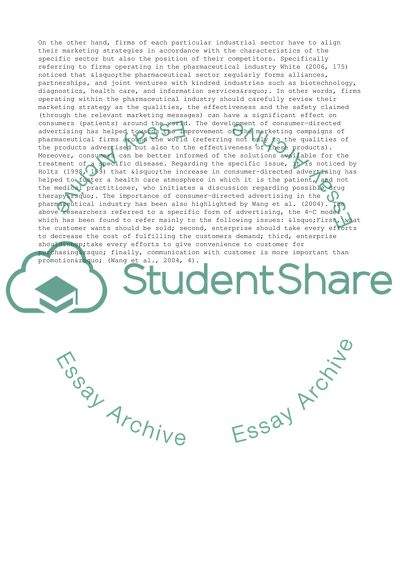Cite this document
(International Strategic Management the Case of AllSmile Study, n.d.)
International Strategic Management the Case of AllSmile Study. Retrieved from https://studentshare.org/management/1545675-international-strategic-management
International Strategic Management the Case of AllSmile Study. Retrieved from https://studentshare.org/management/1545675-international-strategic-management
(International Strategic Management the Case of AllSmile Study)
International Strategic Management the Case of AllSmile Study. https://studentshare.org/management/1545675-international-strategic-management.
International Strategic Management the Case of AllSmile Study. https://studentshare.org/management/1545675-international-strategic-management.
“International Strategic Management the Case of AllSmile Study”. https://studentshare.org/management/1545675-international-strategic-management.


